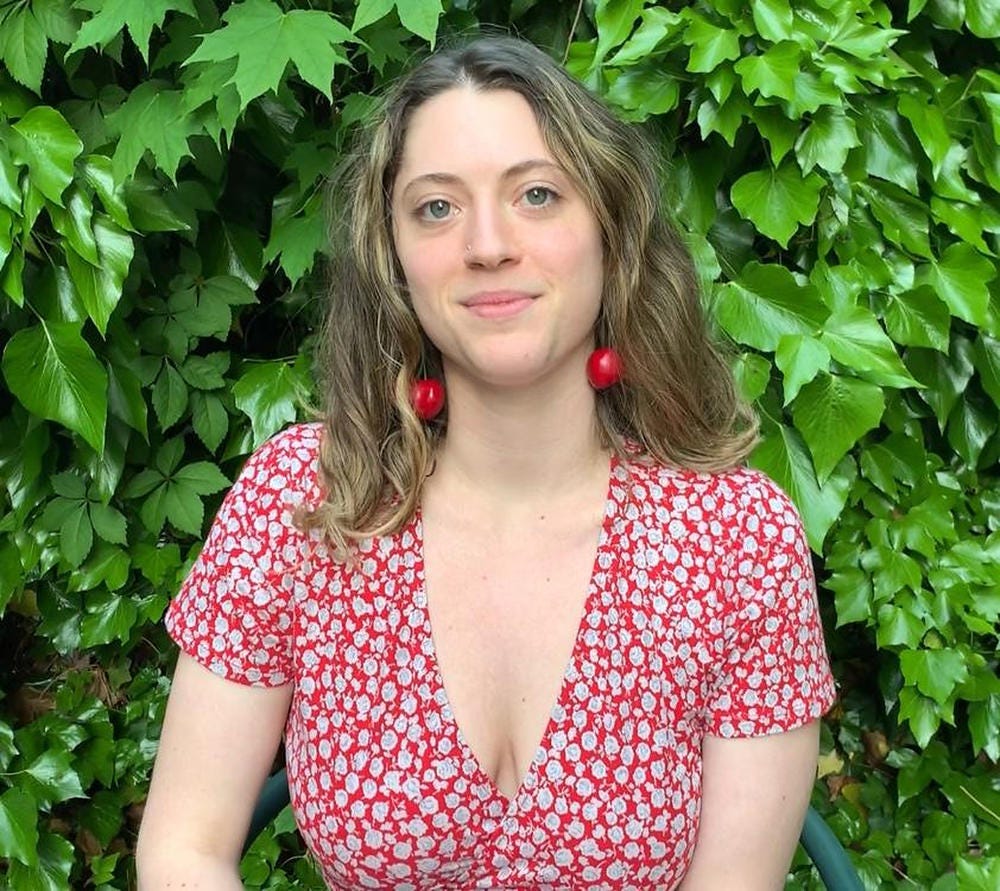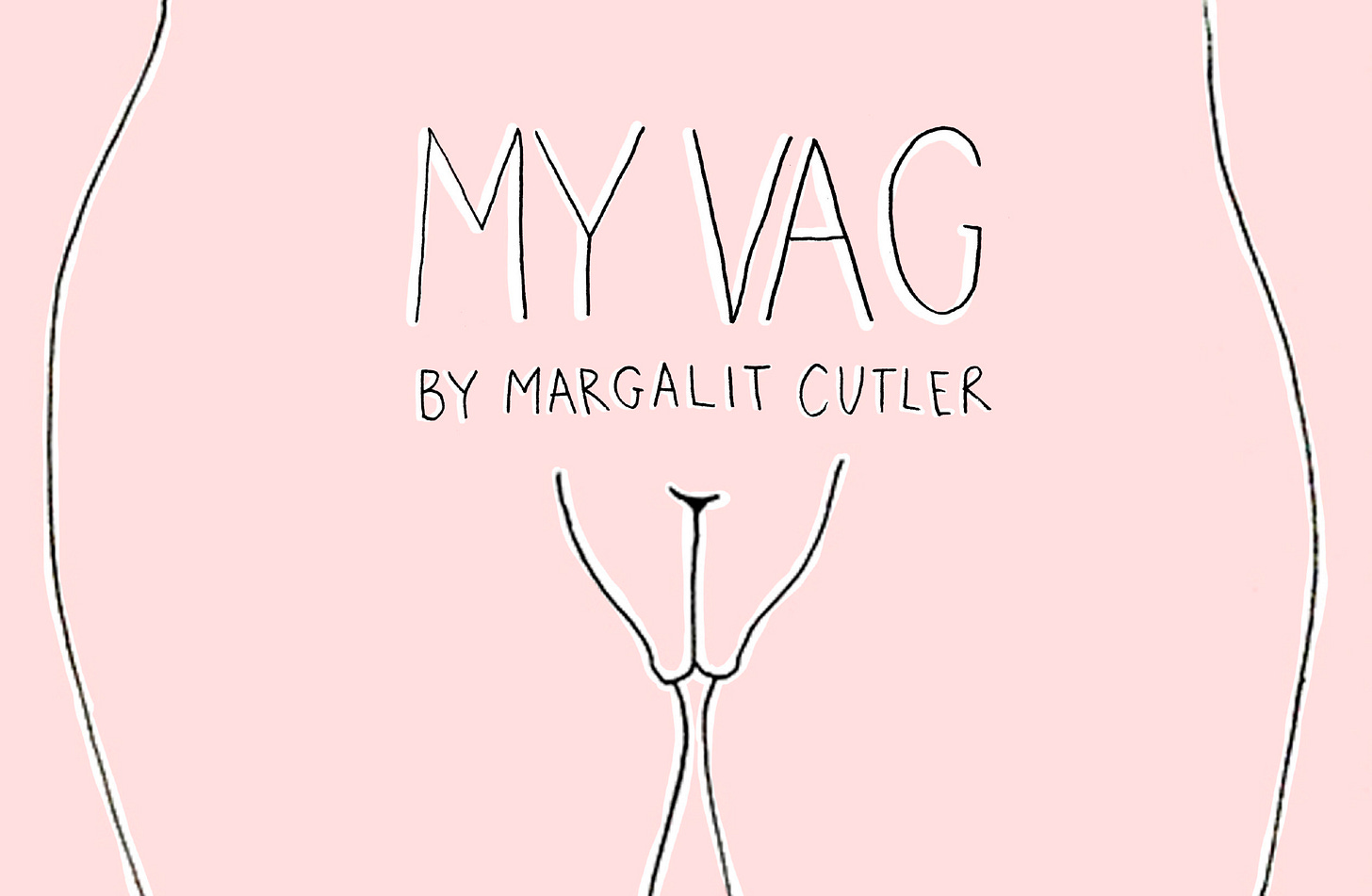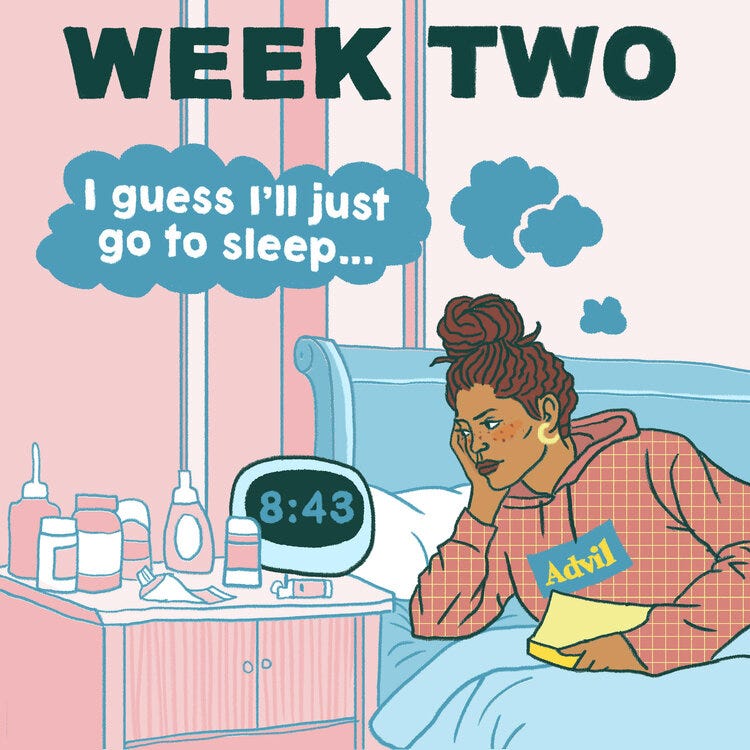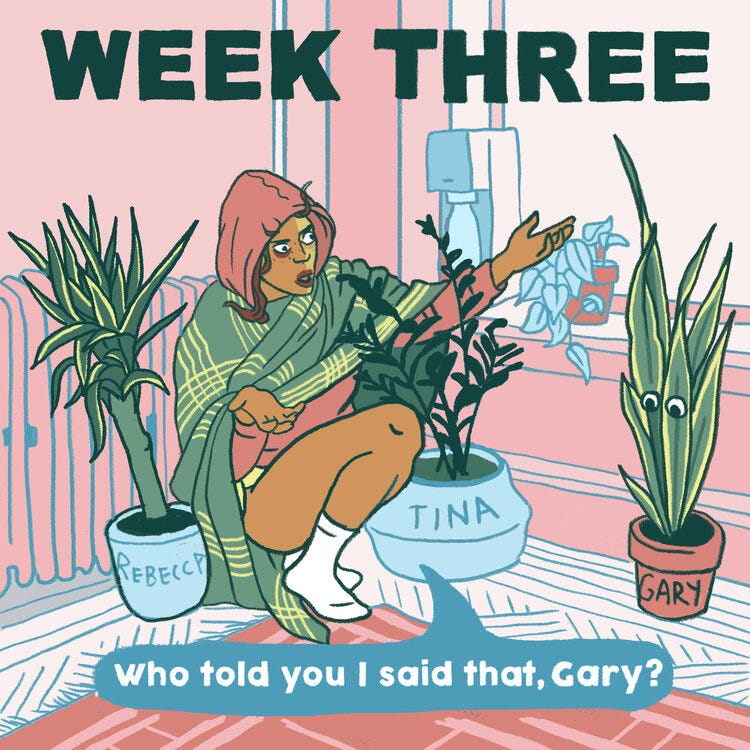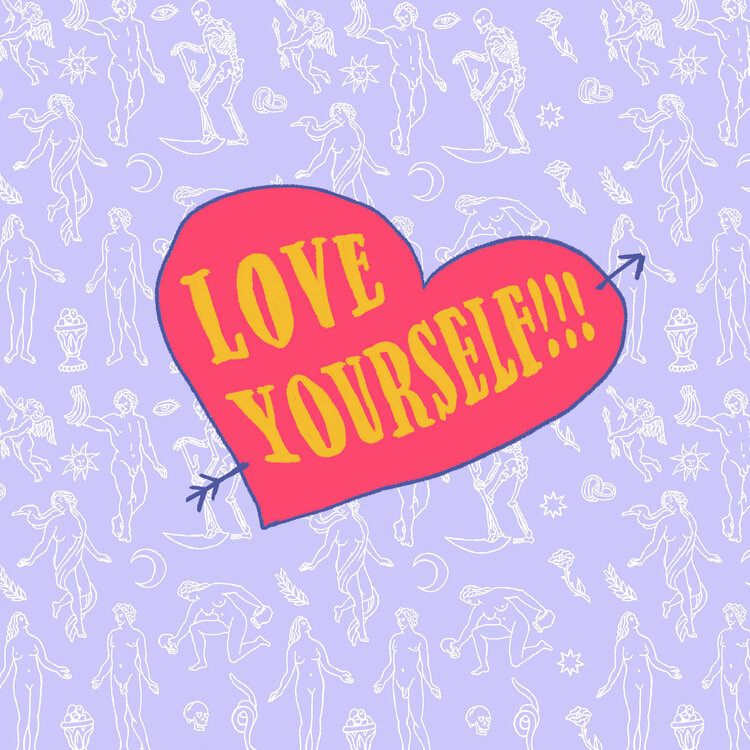Ink, Laughter, and Liberation: Exploring Margalit Cutler's Cartoons and the Power of Self-Expression
Margalit Cutler is an accomplished illustrator, animator, and comic artist based in Manhattan. Her unique blend of artistic expression, centered around body/sex positivity and a lighthearted sensibility, has garnered recognition within the creative community. Her work continues to captivate audiences with its vibrant energy and celebration of the human experience.
Cutler's cartoons often explore a diverse range of subjects, including human relationships, societal quirks, and the complexities of modern life. Her illustrations are characterized by their clean lines, minimalist designs, and clever punchlines, creating a visually appealing and intellectually stimulating experience for readers.
While Cutler's work has gained recognition through various platforms and publications, her focus remains on creating captivating cartoons that resonate with audiences on a universal level. With a keen eye for detail and an ability to distill complex emotions into concise and impactful images, Cutler's cartoons provoke both laughter and reflection, offering viewers a fresh perspective on the world around them.
Her book “My Vag” dives deep into her personal experiences, challenging societal norms and exploring the complexities of womanhood. With its provocative title, this book aims to reclaim the female body and celebrate the power and resilience of women. Her writing style is raw, honest, and infused , through a series of essays, she fearlessly delves into various aspects of her life, addressing topics such as body image, sexuality, relationships, and societal expectations. By sharing her own struggles and triumphs, Cutler offers a relatable voice for women who often feel silenced or marginalized.
As an artist, Cutler continues to evolve and experiment with her craft, exploring new techniques and subject matters. Through her dedication and passion, she has established herself as a respected figure in the world of cartooning, earning the admiration of both fellow artists and fans alike.
Margalit Cutler's contributions to the art of cartooning are a testament to the power of visual storytelling and the enduring appeal of humor. With her keen wit, artistic prowess, and a finger on the pulse of contemporary life, Cutler continues to delight and entertain readers, leaving an indelible mark on the world of cartoons.
In this interview, we dive into the world of cartooning with Margalit, delving into her artistic journey, creative process, and insights into the industry. We also explore her captivating illustrations, and seek her advice for aspiring cartoonists.
Excerpts from the Interviews :-
Q1) How did you get started as a cartoonist? Was it something you always wanted to do, or did you discover your talent later in life?
Margalit : I always knew I wanted to pursue art and ended up studying illustration in college. I also loved writing and comedy, but it didn’t occur to me to combine these interests until my final year of school. I started making silly little zines and comics, mostly as gifts for friends, but also to sell at indie art festivals and bookstores. After I graduated, I got a publishing deal to turn my rhyming zine about vaginas into a 60 page coloring book. Then I was like, “maybe I’m not just an illustrator”. I slowly realized that my best work was humorous and often had narrative elements or a punch line, and started focusing on pursuing cartooning in addition to freelance illustration.
Q2) Your cartoons often have a humorous or satirical edge to them. What inspires you to take a light-hearted approach to serious or complex issues?
Margalit : I think humor is an excellent tool for communicating important topics because it disarms the consumer and can also bring a sense of connection. I think when something is funny, it’s often because the content is relatable or rings true. So when we giggle, there is a feeling of being understood and not alone, even if it’s about something painful like the inadequacy of women’s healthcare or anxiety.
Q3) What is your creative process like when coming up with a new cartoon idea? Do you start with a concept or a visual image, or does it vary depending on the project?
Margalit : The writing always comes first. Sometimes an idea just catapults into my head and I execute it quickly and seamlessly- that’s the best. Usually, when I’m writing, I’ll have an audience or publication in mind and write for what I think they want. When I have the free time to make cartoons purely for me (which is rare), I just think about what I find amusing or disgusting at that moment. I have long meandering conversations with my best friends about egos and manipulation and loving without attachment and each week I’ll be marinating on a few epiphanies. I’ll make art about that.
Q4) Do you find that writing and cartooning require different creative muscles, or do they inform each other in some way?
Margalit : I had started a creative club with some friends where I fell in love again with long format writing. I think it uses very different problem solving skills from cartoons. I love the immediacy of proper writing. I’m just gushing and flowing and then there’s some finetuning. Cartooning is a bit more laborious because I’ll have the concept, then I write, then edit, then execute the illustration; and I never fully know how the joke will hit until all the components are assembled. At the moment I get more pleasure from the process of writing, but more satisfaction from the results of cartooning. At the moment, they feel completely disconnected.
Q5) Many of your cartoon’s touch on themes of family, relationships, and everyday life. What draws you to these topics, and how do you approach capturing the humour and heart in these experiences?
Margalit : I’m naturally pretty curious about people and attempting to understand anyone and everyone and how they came to be that way. I can meet someone at a party and actively find them to be an intolerable asshole, but I’ll still want to know about their relationship to their mother and if they have an eating disorder. I also think the more I step outside my own perspective and way of being, the more clarity I can have about myself and my relationships.
Q6) You've published cartoons in a variety of publications, including The New Yorker and The Wall Street Journal. How do you adapt your style and approach for different audiences and contexts?
Margalit : When I’m writing with a specific audience in mind, I’ll jot down some topics that are on brand/ theme and start scheming about how to poke at them; and then I’ll usually tweak the level of raunchiness. If left to my own accord, I would be making filthy, vile, disturbing artwork, but Instagram won’t let me post it, and they don’t sell, and I want money.
How to Solve Your Rat Problem Like a New Yorker
Q7) Finally, what advice do you have for aspiring cartoonists who want to make a career in this field? What are some of the challenges they can expect to face, and how can they stay true to their own unique vision and voice?
Margalit : Well, as I just mentioned, I’m a sell out because I live in Manhattan and this isn’t the 90s, but the advice I would give to aspiring cartoonists is to the find the joy in artmaking and joke writing. Always be dissecting and discovering little nuggets of ludicrousness that we collectively accept as normal. Also, cast a wide net as far as inspiration and friendship. Lastly, find a good editor. Having friends that you mutually love and respect who can review your work objectively and give legitimately helpful notes is invaluable.
Thank you all for reading and a big thanks to Margalit Cutler for collaborating in today’s post!
It’s a pleasure!
If any of my readers here , wish to know more about the author or her writings. They can follow the links mentioned below :-
Website : http://www.margalitcutler.com/
Instagram : https://www.instagram.com/margalitties/
LinkedIn : https://www.linkedin.com/in/margalit-cutler-456139124/

